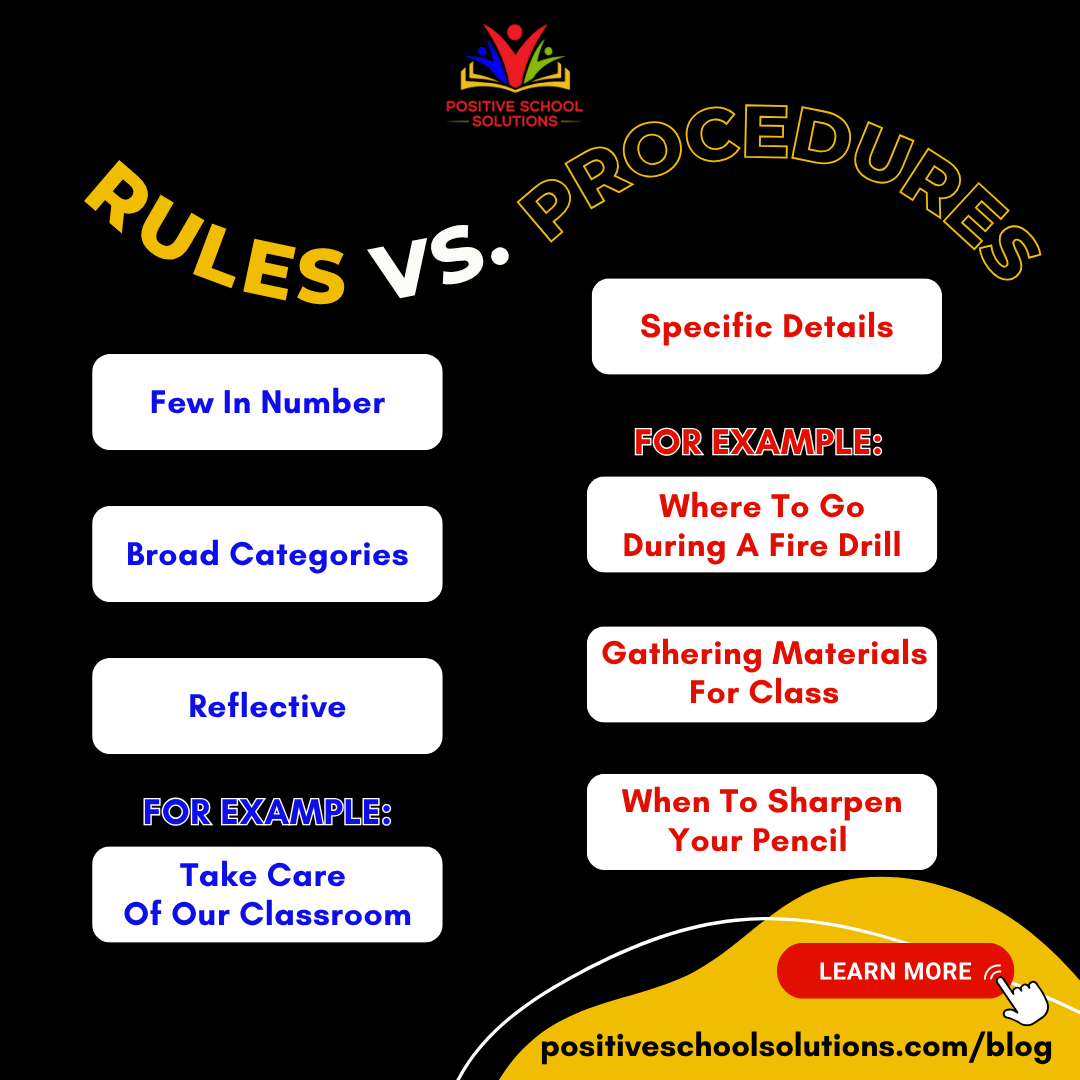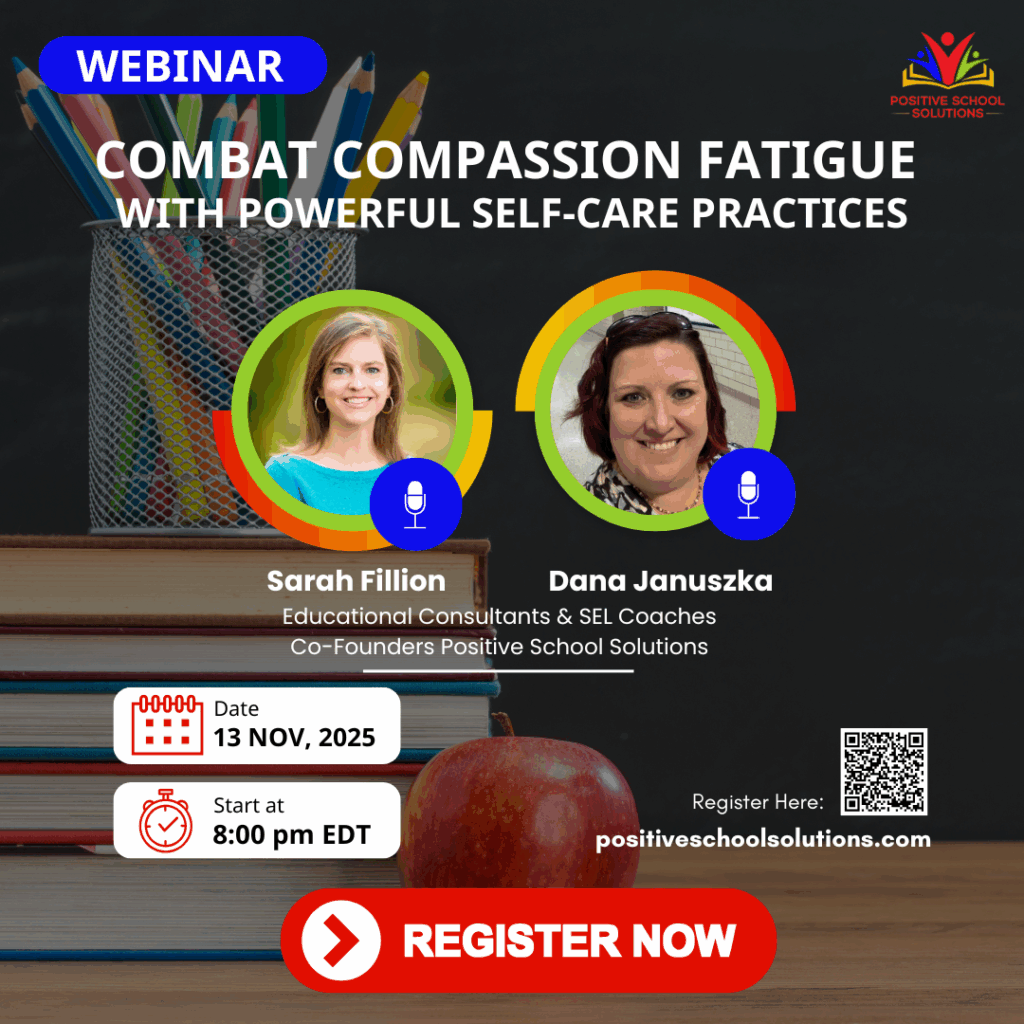In preparing for Spring Break recently, I couldn’t help but think about how the planning process was similar to the difference between the rules and procedures we set in our classrooms. Think about it – when planning a vacation, first you have to start off with the big idea; do you want to go on an adventure or maximize relaxation? Do you want to visit some place new or a favorite spot? Do you want to go someplace by the water or in the mountains?
These big questions are similar to the rules of a classroom. First and foremost, they make us think and reflect. How did you respond to each of those choices? Did you think of a third option that wasn’t listed? When you think about any option – adventure or relaxation, for example – there are a lot of vacations that would fit these descriptions. Our goal of escaping our day to day lives is the same and guides our thinking. However, your idea of what that looks like may be different from mine, so we think of different places to visit. Similarly, rules that are broad provide students more freedom to think and act on their own, helping to create a positive and inclusive learning environment.
Another way that rules are similar to the initial step in planning a vacation is that they are few in number. When planning a vacation, the more must-haves we add to our list, the more time it takes us to plan this part of the trip. The difference between finding a place in the mountains to relax versus a place in the mountains that is warm but not hot, promotes relaxation, is not too crowded, and is less than 6 hours away is significant. With fewer parameters, we are able to generate a lot of examples that would fit that type of vacation. With many parameters, it takes us a lot longer and begins to feel like there is one right, or best, vacation spot and we have to figure that place out. Similarly, when we have fewer rules in the classroom, we increase the likelihood of students remembering what they actually are and provide them with opportunities to reflect on the impact of their behavior on themselves and the learning community – guiding students to take greater responsibility for their actions.
Finally, while deciding on where to get away, it is more fun and exciting to think about what we do want, rather than what we don’t want. Vacations are meant to be a good time, so we want to focus more of our energy on figuring out what we would like, rather than all the things we want to escape from. Likewise, in the classroom, when we post our rules stated in a positive way – what we want to see our students do – we are focusing on the good. Through our positively worded rules, we convey our faith in their abilities, and we encourage students to think about and then do the right thing.
By clearly defining your rules, you’re setting the stage for a positive and respectful classroom culture. Students understand the boundaries of acceptable behavior, which empowers them to take ownership of their actions and contribute to a harmonious learning environment. Plus, when everyone is on the same page, there’s less room for misunderstandings or conflicts to arise.
Like vacation planning – rules set the tone and guide our expectations, while still leaving a lot of room for details. The detailed planning is where the procedures come in! What hotel will we stay at? When are we going to venture out and to where, so we can buy tickets now? How are we going to get from the airport to the hotel? When do we need to be at the airport? These details are what makes the vacation run smoothly (from dinner reservations to appropriate clothing for outings and more) and allows you to fully enjoy the experience.
Procedures are the details within the classroom. They cover everything from how students enter the classroom in the morning to how they turn in their homework assignments. These little details make a big difference in the day-to-day functioning in the classroom. When procedures are clearly taught (MODELed), practiced, and revisited, the students are able to fully engage in the learning process, as they know how the classroom operates.
Procedures provide the structure and routine that students crave. Whether it’s knowing where to hang up their backpacks or how to transition between activities, clear procedures eliminate guesswork and keep the focus where it belongs: on learning.
Here’s where the magic truly exists: when rules and procedures are both in place and working well together, they make the whole classroom experience better for everyone. Students feel empowered to take risks and explore new ideas, knowing that they’re supported by a strong foundation of expectations and routines. And as a teacher, you can spend less time managing disruptions and more time doing what you do best: inspiring young minds.
Just as planning a vacation involves setting the big-picture goals and then ironing out the details, establishing rules and procedures sets the stage for a successful learning environment. By prioritizing clarity and consistency in our classroom through these structures, we’re not just facilitating learning—we’re cultivating a space where every student feels empowered to thrive.
Written by Sarah Fillion & Dana Januszka 2024

